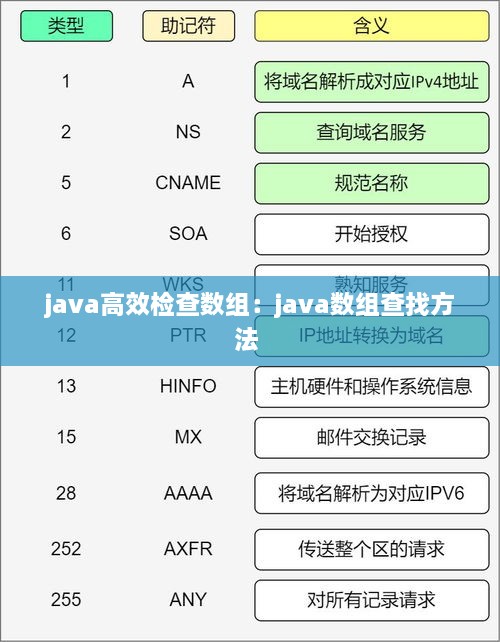引言
在Java编程中,数组是一种非常常见的集合类型,用于存储固定大小的元素序列。然而,在实际应用中,我们经常需要对数组进行各种检查,以确保数据的正确性和有效性。高效地进行数组检查是提高程序性能的关键。本文将探讨几种Java中高效检查数组的方法。
基本检查方法
在Java中,最基本的方法是使用循环遍历数组,检查每个元素的值。以下是一个简单的例子,演示如何检查一个整数数组中是否存在特定的值:
public class ArrayCheckExample {
public static void main(String[] args) {
int[] numbers = {1, 2, 3, 4, 5};
int target = 3;
boolean found = false;
for (int number : numbers) {
if (number == target) {
found = true;
break;
}
}
if (found) {
System.out.println("Value " + target + " found in the array.");
} else {
System.out.println("Value " + target + " not found in the array.");
}
}
}这种方法简单直接,但效率并不总是最高,尤其是对于大型数组。
使用Java 8流操作
Java 8引入了流(Streams)API,它提供了一种更简洁、更声明式的方式来处理集合。以下是如何使用流来检查数组中是否存在特定值的一个例子:
import java.util.Arrays;
public class ArrayStreamCheckExample {
public static void main(String[] args) {
int[] numbers = {1, 2, 3, 4, 5};
int target = 3;
boolean found = Arrays.stream(numbers).anyMatch(number -> number == target);
if (found) {
System.out.println("Value " + target + " found in the array using streams.");
} else {
System.out.println("Value " + target + " not found in the array using streams.");
}
}
}这种方法在处理大型数据集时通常比传统的循环更高效,因为它是并行化的,并且可以利用现代多核处理器的优势。
使用HashSet进行快速查找
如果数组中的元素是唯一的,可以使用HashSet来提高查找效率。HashSet基于HashMap实现,它提供了接近O(1)的查找性能。以下是如何使用HashSet进行数组检查的例子:
import java.util.HashSet;
import java.util.Set;
public class ArrayHashSetCheckExample {
public static void main(String[] args) {
int[] numbers = {1, 2, 3, 4, 5};
int target = 3;
Set<Integer> numberSet = new HashSet<>();
for (int number : numbers) {
numberSet.add(number);
}
boolean found = numberSet.contains(target);
if (found) {
System.out.println("Value " + target + " found in the array using HashSet.");
} else {
System.out.println("Value " + target + " not found in the array using HashSet.");
}
}
}这种方法在处理大型数组时非常高效,因为它避免了重复的查找操作。
总结
在Java中,有多种方法可以高效地检查数组。选择最适合您需求的方法取决于您的具体场景,例如数组的规模、元素的唯一性以及您对性能的要求。基本循环、Java 8流操作和HashSet都是处理数组检查的有效手段,可以根据实际情况灵活运用。
转载请注明来自陵县立信制衣有限公司,本文标题:《java高效检查数组:java数组查找方法 》










 蜀ICP备2022005971号-1
蜀ICP备2022005971号-1
还没有评论,来说两句吧...